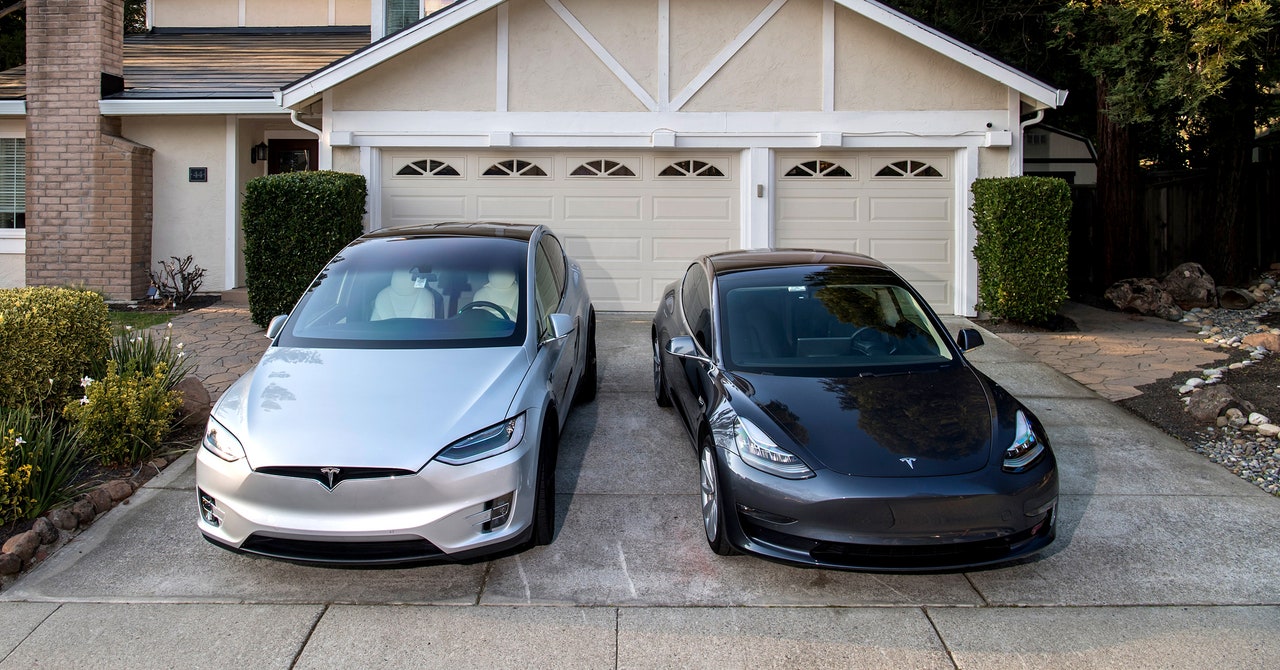Why Not Use Self-Driving Cars as Supercomputers?

Like Dogecoin devotees, the mayor of Reno, and the leaders of El Salvador, Aldo Baoicchi is convinced cryptocurrency is the future. The CEO and founder of Canadian scooter maker Daymak believes this so strongly that when he unveiled the company’s first autonomous car last month, the 2023 Spiritus, he touted a bonus feature: the ability to mine cryptocurrency when the car is parked. Baiocchi told WIRED the company is still developing software for this purpose, but designers want cryptomining for car owners to be as simple as pressing a button. He says solar power on the roof of the three-wheeled electric car should help offset the energy consumption of mining Bitcoin.
“We have the equipment in the car. We figure we might as well mine and make some money for the rider,” he said.
Car buyers now consider factors like safety, fuel economy, and resale value. But some businesses are beginning to talk about the computing power packed into autonomous vehicles as a selling point.
The Rand Corporation estimates that autonomous vehicles on roads could save hundreds of thousands of lives and change the world, but they could also change the world when parked in the garage. The computing power in autonomous cars could be harnessed to tackle problems as personal as editing a high-definition video or as global as decoding a new virus.
That’s because autonomous vehicles are collections of dozens of cameras, sensors, and software systems working together to navigate while avoiding pedestrians, bicyclists, and other vehicles. To do that, the vehicles are packed with computing power: Nvidia, which makes chips used in autonomous vehicles, says a self-driving car can have computing power equivalent to 200 laptops in its trunk. This has led some people to refer to autonomous vehicles as data centers or supercomputers on wheels.
Keith Strier, Nvidia’s VP of worldwide AI initiatives, envisions a world in which government fleets of autonomous vehicles that sit idle at night are harnessed to address the compute needs of nations that don’t own expensive supercomputers. He’s also chair of an OECD task force that helps countries calculate the amount of compute they need. He says the group plans to release a document later this year that draws attention to the role that autonomous vehicles could play in supplying those computing resources.
Strier says turning millions of cars into a supercomputer would be more resilient and less vulnerable to attack than one big supercomputer, the approach commonly taken today. In the past, supercomputers were most often dedicated to academic and government research projects like weather predictions, but powerful computers now play a role in areas like economics and innovation and are increasingly associated with a nation’s national security and prosperity.
“The idea has tremendous potential because we’re looking at not thousands, but tens of millions of supercomputers in these cars,” he says. “In the United States or Germany it may not be as big a deal, but in a smaller country, as autonomous trucks and cars hit the road, it completely shifts the potential for compute in that country.”
Technical challenges remain, but the idea appears to be gaining traction among companies selling hardware to carmakers. Qualcomm currently works with more than 20 automakers, championing technology that allows cars to communicate with one another with 5G. Nvidia is also increasing its presence in cars: By 2024, Mercedes will begin to manufacture vehicles with an Nvidia GPU inside.
Daymak, the Canadian vehicle and scooter maker, is just the latest company to sell cars based on more than mileage or what’s under the hood. Ford markets its electric F-150 pickup truck as being able to power your home for days.
Not everyone thinks that tapping into a car’s computers for purposes beyond driving makes sense. Shaoshan Liu is founder of Perceptin, a company focused on autonomous driving and computer vision with offices in the US and China. He calls offloading compute from autonomous vehicles for cryptomining a wild and impractical idea that raises questions about energy consumption and network bandwidth costs, among other things.
